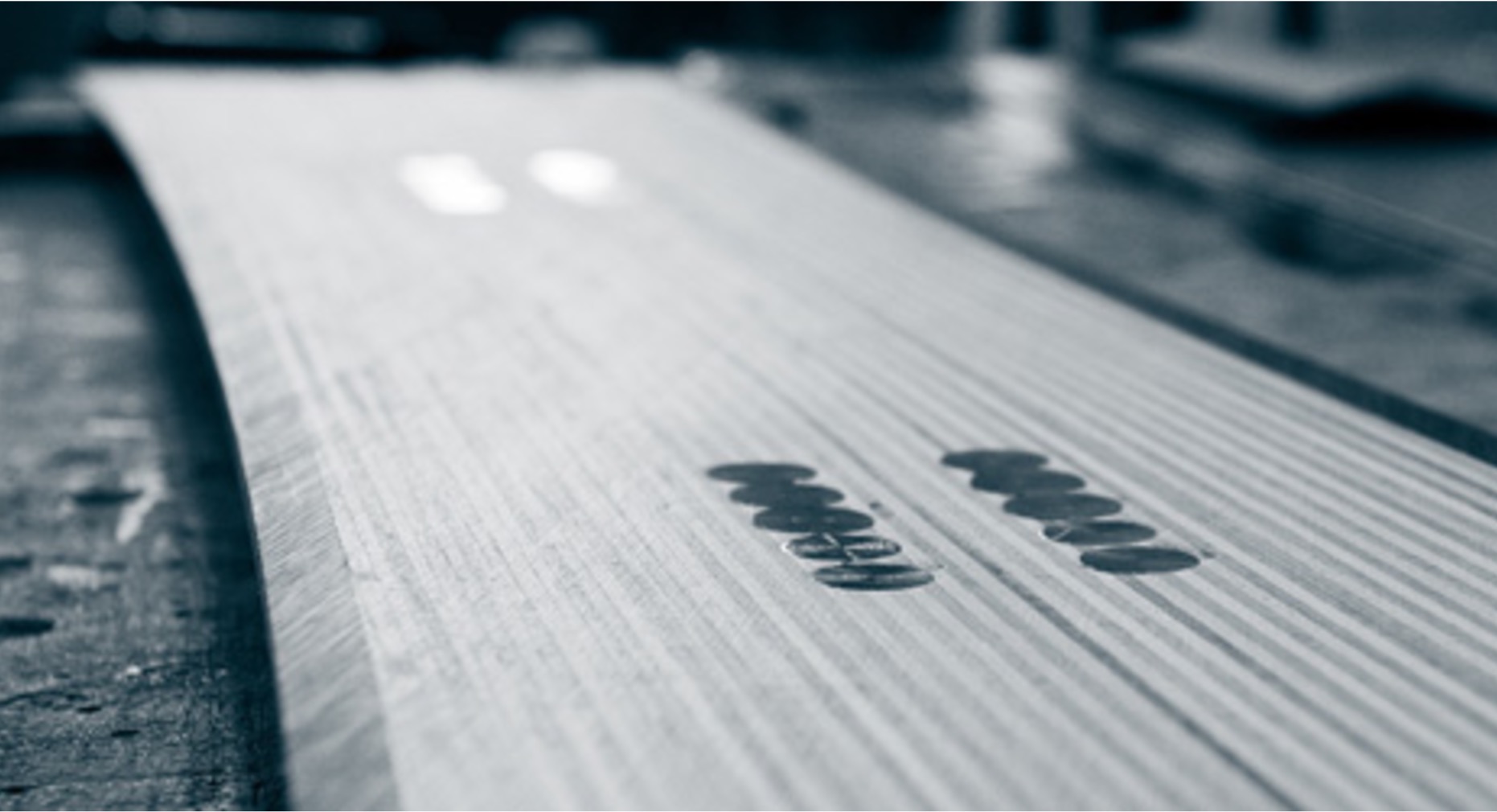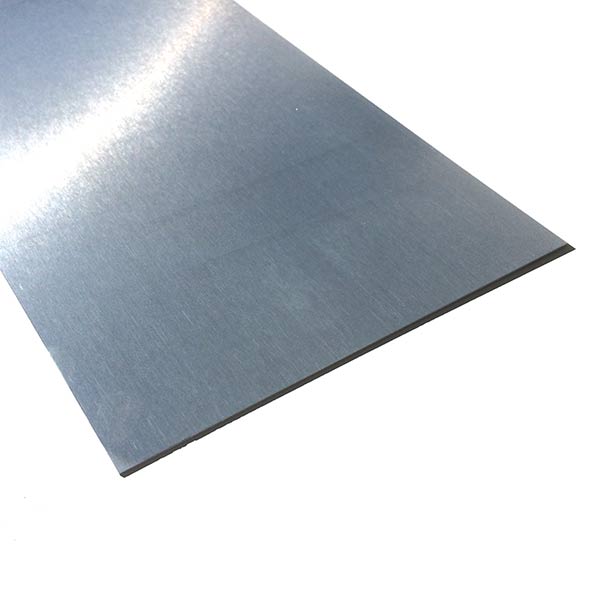
When scouring the internet to find perfect skis you will come across countless product descriptions and specification tables. The specification tables are relatively straightforward and include information like turn radius and the dimensions of those flashy new planks. The marketing blurbs are usually easy to digest as they distract us from the price tag by painting a picture of our dream day out on the slopes. The marketing department tells us that a particular ski will have us slaying spines in Alaska or how well their product they will handle chest deep pillow lines. In the meantime, they hurl some technical jargon at us. Much of the information about a ski layup is relatively simple with recognizable types of wood, sidewall information, and a topsheet. One material that may sneak its way into your dream ski is the mysterious Titanal.
Titanal is typically found in carving and frontside skis as well as more powerful all-mountain and powder skis. When manufacturers decide to design a ski with high-speed stability, muscle, and dampness they will add layers of Titanal. More buttery, jibby, and playful skis typically don’t use this material as they aim to achieve more flex and spring rather than pure, unadulterated, power.
That leads us to the million dollar question. What exactly is Titanal? Is it a term made up by ski shop employees to help them sound informed about a product they are pushing? Is it titanium? Does it even exist? What is it?
The short answer is Titanal is a metal that is about 85% aluminum with smaller amounts of zinc, magnesium, and copper. Despite the deceiving name, titanium is not among the list of periodic ingredients. Titanal is produced by a single company called AMAG or Austria Metall AG. It should come at no surprise the Austrians are behind this. Austrian and German companies like Volkl, Fisher, and Blizzard are known for producing some of the stiffest and most powerful skis in the world. This is especially true in the world of racing.
“AMAG’s high-strength TITANAL and special alloys stand for unique properties that are ideally suited to the needs of the sports industry. In particular, the unsurpassed combination of best formability, anodizing and gluing excels in high-grade products such as sprockets, skis, hiking and ski poles as well as various mountaineering articles that must reliably withstand the strongest loads.” – AMAG
While few of us are metallurgists, the main takeaway is that Titanal is mostly aluminum and possesses a set of properties that make it perfect for use in a ski. It has isotropic properties meaning it retains its strength as it is torqued in any direction. This important as skis twist and bend in many directions during a single day at the hill. In addition, it retains its strength after ski manufacturers re-heat it when setting it in their skis. Titanal is an agreeable metal as it bonds well with other materials in the layup.
There you have it. Next time the fellow at the ski shop drops the name of this marvelous metal, you will be armed with knowledge.


